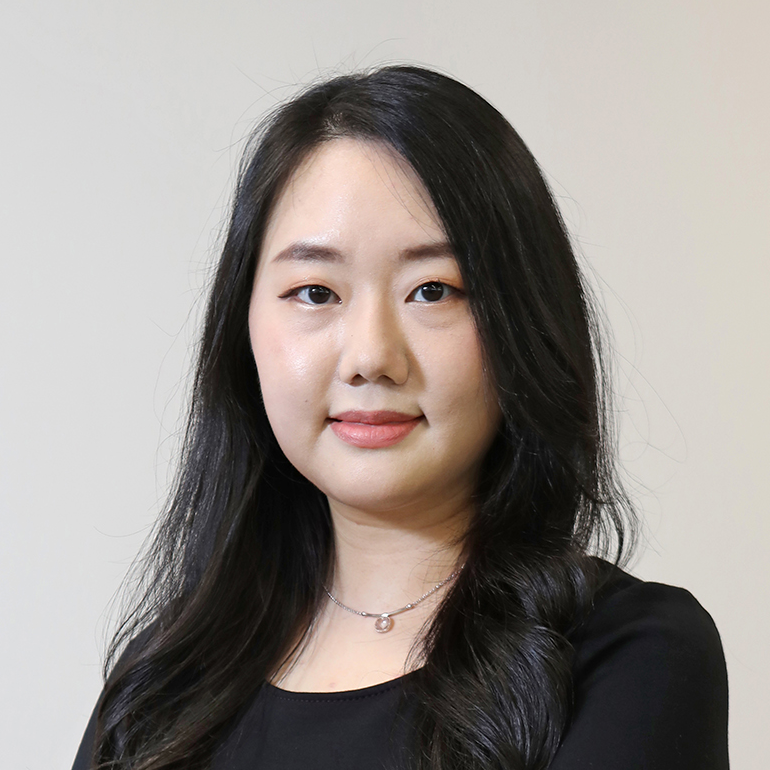North Korea fires multiple short-range ballistic missiles: JCS
Published: 18 Sep. 2024, 09:31
Updated: 18 Sep. 2024, 17:08
-

- SARAH KIM
- kim.sarah@joongang.co.kr
![North Korean leader Kim Jong-un inspects a test-firing of a new 600-millimenter multiple rocket launcher, in a photo provided by the North's official Korean Central News Agency on Friday. [YONHAP]](https://koreajoongangdaily.joins.com/data/photo/2024/09/18/057f2157-792a-4cd1-8e01-cfd922f96002.jpg)
North Korean leader Kim Jong-un inspects a test-firing of a new 600-millimenter multiple rocket launcher, in a photo provided by the North's official Korean Central News Agency on Friday. [YONHAP]
The launches come days after Pyongyang publicly revealed its uranium enrichment facility, providing a rare glimpse into the regime's secretive nuclear weapons program.
The JCS said Wednesday that at approximately 6:50 a.m., it detected several SRBM launches from the North's Kaechon area in South Pyongan Province.
The missiles flew around 400 kilometers (248.5 miles), according to the JCS.
The JCS said that the South Korean military immediately detected, tracked and monitored the North Korean missile launches and shared relevant information with the U.S. and Japanese militaries. It said it was comprehensively analyzing further details about the launches.
"Our military strongly condemns North Korea's missile launches as a clear provocation that seriously threatens the peace and stability of the Korean Peninsula," the JCS said in a statement. "Our military is closely monitoring North Korea's various activities and will overwhelmingly respond to any provocations under a solid South Korea-U.S. joint defense posture."
Later Wednesday, Seoul's presidential office held a meeting to review security posture and discuss response measures following Pyongyang's latest missile launch. The meeting was led by Yin Sung-hwan, second deputy director of the National Security Office (NSO), who was briefed on the latest situation by related agencies, a presidential official said.
The Japanese Defense Ministry said the latest SRBM launches fell in waters outside Japan's exclusive economic zone in the East Sea.
This came six days after the South's military confirmed North Korea launched several short-range ballistic missiles toward the East Sea from the Pyongyang area on Thursday morning.
North Korea test-fired a "new-type" 600-millimeter multiple rocket launcher, inspected by leader Kim Jong-un, its state-run media reported Friday.
It reported that the "multiple rocket launcher shells hit a target on an island in the East Sea."
On Friday, Pyongyang revealed the first images of centrifuges to enrich uranium to fuel its nuclear weapons in its state media, as it reported of leader Kim's visit to a uranium enrichment facility flanked by scientists and officials.
The North's official Korean Central News Agency (KCNA) reported Kim visited the Nuclear Weapons Institute and a "production base for weapon-grade nuclear materials" without further specifying the location.
Kim called for more weapons-grade material to boost its nuclear arsenal, stressing the need to increase the number of centrifuges "in order to exponentially increase the nuclear weapons for self-defense," the KCNA reported.
The KCNA also said in an English-language report that Kim stressed the "need to set a higher long-term goal in producing nuclear materials necessary" to manufacture tactical nuclear weapons.
A uranium enrichment facility produces highly enriched uranium (HEU), which is necessary to manufacture nuclear warheads.
Experts have said that North Korea has uranium enrichment facilities in Yongbyon in North Pyongan Province and Kangson, just outside of Pyongyang, along with others located in more secretive sites.
This marked the first time the North disclosed a uranium enrichment facility since 2010, when it invited a group of Stanford University experts led by American nuclear scientist Siegfried Hecker, a former Los Alamos National Laboratory director, to tour its Yongbyon plant, which had about 2,000 centrifuges at the time.
The North started its nuclear program by producing weapons-grade plutonium but admitted to the existence of a clandestine uranium enrichment program in 2002.
In a Friday report on Friday, the Stimson Center's Pyongyang analysis website 38 North noted that the centrifuges shown in the latest images are not the equivalents observed by Hecker in Yongbyon in 2010, but a "more advanced design."
![North Korean leader Kim Jong-un, center left, views centrifuges at a uranium enrichment facility in an image provided by the North's official Korean Central News Agency (KCNA) on Friday. [YONHAP]](https://koreajoongangdaily.joins.com/data/photo/2024/09/18/bce39f42-5ad3-4826-99eb-0896239c97fb.jpg)
North Korean leader Kim Jong-un, center left, views centrifuges at a uranium enrichment facility in an image provided by the North's official Korean Central News Agency (KCNA) on Friday. [YONHAP]
South Korea's government "sternly warns against North Korea's provocations and urges an immediate halt to all provocative acts, including the dissemination of trash balloons," the official said.
The official added that the government will strongly counter North Korea's provocations based on its strong military force, the South Korea-U.S. alliance and trilateral security cooperation with Japan.
Pyongyang's latest SRBM launch came on the last day of the extended Chuseok holiday.
North Korea also sent more batches of trash-laden balloons to the South during the holiday period, the JCS said, including some 50 over Saturday and Sunday.
On Wednesday, the North's official Rodong Sinmun reported that North Korean Foreign Minister Choe Son-hui departed for Russia on Monday to take part in a Eurasian Women's Forum and the first BRICS Women's Forum.
This comes after leader Kim met with Sergei Shoigu, secretary of the Security Council of the Russian Federation, who visited North Korea last week, in Pyongyang on Friday to discuss "deepening the strategic dialogue," according to the KCNA. The two followed up on the agreements made at the June summit between Kim and Russian President Vladimir Putin in Pyongyang, which included a mutual defense pledge.
On Oct. 7, North Korea is set to convene its Supreme People's Assembly, its rubber-stamp parliament, to discuss matters related to a constitutional amendment.
The North's latest nuclear assertions come ahead of Japan's ruling Liberal Democratic Party leadership election on Sept. 27 and the U.S. presidential election on Nov. 5.
Update, September 18: Added presidential official's remarks, more background information throughout the story.
BY SARAH KIM [kim.sarah@joongang.co.kr]










with the Korea JoongAng Daily
To write comments, please log in to one of the accounts.
Standards Board Policy (0/250자)